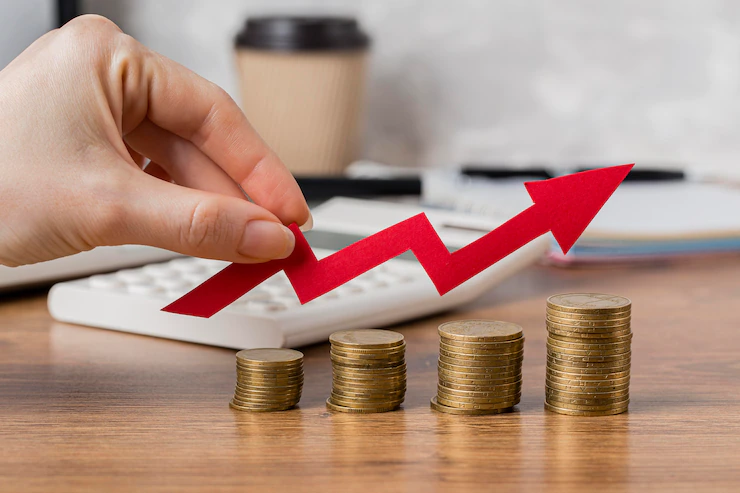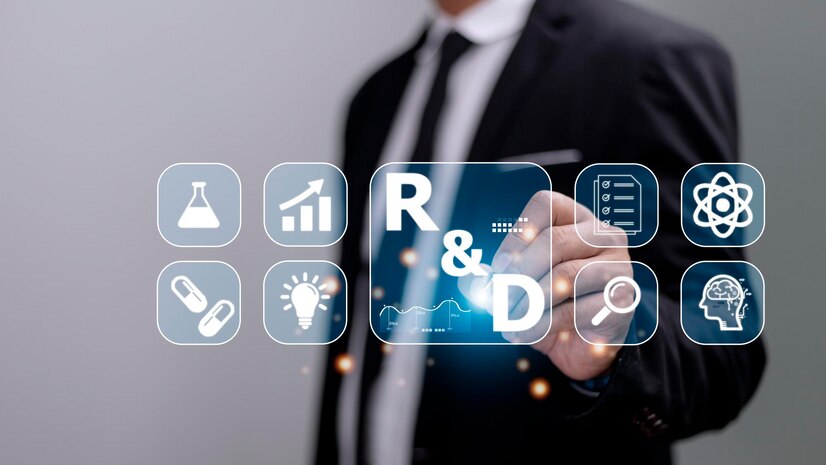Calculating Research And Development Costs In 2023: A Few Nuances That Should Not Be Ignored
For firms, research and development (R&D) is a crucial endeavor. Promoting novel and cutting-edge goods and services aids businesses and corporations in remaining competitive and ahead of trends. R&D expenses are the price of all the actions an organization engages in to create and launch new goods and services.
Therefore, the research and development costs definition is essential for firms to keep their competitive advantage and react to shifting market conditions!
Importance of R&D for Long-term Profitability in Business

It’s critical for businesses to know what drives their profits if they want to continue to be profitable. Consequently, R&D expenses are crucial for determining which products and services to upgrade and innovate.
Research and development costs should be able to assist businesses in bringing cutting-edge items to market before their rivals do, allowing them to earn the majority of profits before the competition reacts.
R&D typically concentrates on solving issues and providing answers pertaining to the business’s operations, and businesses usually have two options for handling these tasks: Internal execution or outsourcing.
Research and Development Cost Examples

Many well-known, large firms place a high priority on R&D. These businesses are constantly looking for methods to enhance their current product offerings or create fresh, marketable products.
Examples of corporations that rely heavily on research and development costs are as follows:
- Intel: In 2021, the tech giant spent over $15bn on research and development.
- Apple: Apple spends heavily to keep its customers buying. From their innovative iPads to the AppleTV, the tech giant spent over $19bn on R&D.
- Google: In 2021, its parent company Alphabet spent over $31bn on research and development.
- Amazon: The e-commerce giant spends a lot of money to stay on top, spending over $42bn on research and development in 2020, according to reports.
Of course, an SMB may not be able to compete with these industry leaders, but that doesn’t stop you from budgeting for R&D.
Factors To Consider

Several factors may impact the cost of R&D. We will discuss three that you should consider:
1. Internal or Outsourcing?
Since there is an availability of highly skilled, talented, and specialized individuals who can expertly handle their projects, many top firms decide to outsource their research and development efforts. Additionally, outsourcing is more economical and can result in excellent and original solutions when carried out by a qualified group.
2. Tax Credit and Laws
Every country has a different tax code. In the US, a federal program known as the Research and Development Tax Credit (R&D Tax Credit), also known as the Research and Experimentation Tax Credit (R&E Tax Credit), provides companies with dollar-for-dollar cash savings in exchange for conducting research and development operations.
This credit provides much-needed funding for various projects, including facility expansion, increased R&D, and personnel hiring. Without taking this into account, you cannot estimate the cost of research and development if your company is situated in the US.
3. Software R&D Expenses
All software-related R&D expenses for creating new products or improving ones already on the market fall under this category. For businesses whose software development is their main line of work, this is an extremely crucial factor to take into account.
How To Calculate

Below are three steps on how to calculate R&D expenditure:
Step 1: Identify the R&D Projects
Start by compiling a list of all the research and development initiatives that fall under the particular category of interest. Examples of these costs for research and development include new goods or services, modifications to manufacturing procedures or components (such as new product formulations), and enhancements to already-available goods or services (e.g., better customer service).
Step 2: Determine the Direct Labor Costs
The actual expenses you incur to manufacture the good are known as direct costs. For instance, your direct cost would be $200k if your business spent $100,000 on raw materials and another $100,000 on labor to make a product (e.g., an app).
You must first calculate your direct labor costs by dividing the number of employees by the total employee wages for your business. This will give you a ballpark figure for how much is paid to each employee each month.
Step 3: Determine the Indirect Costs
Costs associated with research and development that cannot be linked to a particular project are known as indirect costs. These are examples of depreciation, interest in capital expenditures for software and equipment, and other maintenance-related costs.
The total indirect cost for the employees of that project is the sum of all other indirect labor costs (such as benefits) divided by the number of persons who worked on it.
Conclusion
As we have seen, calculating the research and development cost is crucial to your success as a business owner or manager.
Hopefully, this short guide has answered pertinent questions like “How can I tell that my business is investing enough in R&D expenses?” or “How can I figure out how much money is required for research and development?” Nonetheless, you should still hire professionals to help you assess your company’s research and development costs!
Read Also:
